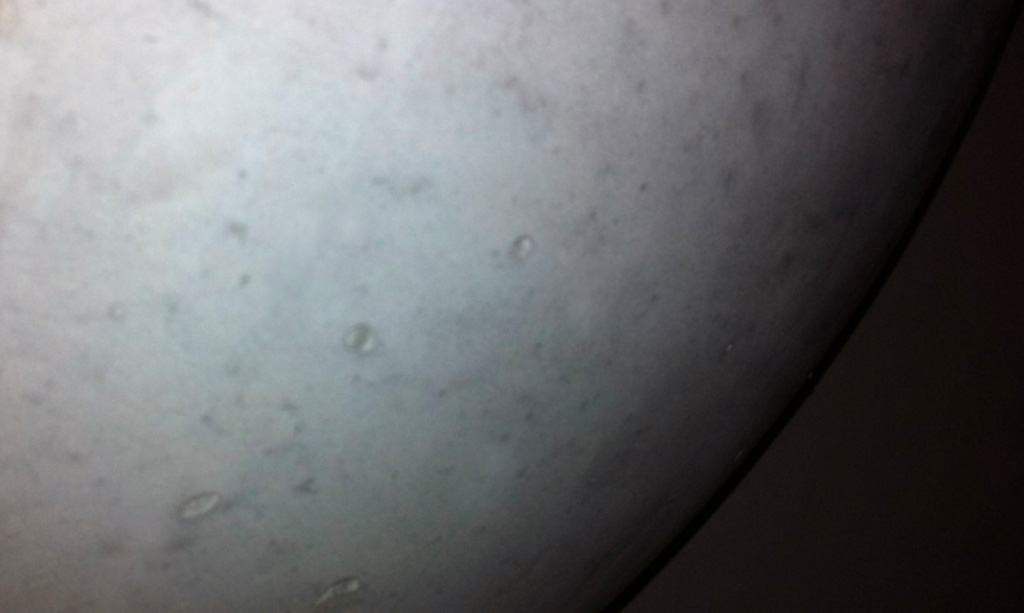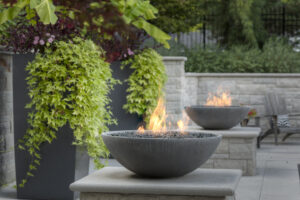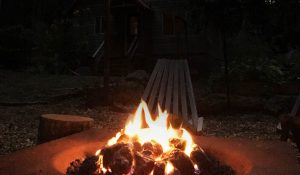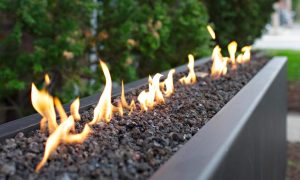When designing concrete fire pits and other architectural elements, it is important to have a good understanding of not only the material’s aesthetic qualities, but how it acts and reacts when it is being fabricated. Like other natural materials, the way concrete looks arises directly out of how it is formed, not only what we do to it, but what it does on its own.
Artifact is the term that we use to refer to the characteristics of our cast concrete fire pits that tell a piece of the story of how the object was made. It is a bit like the different strata in stone that create different colours and veins which give you a hint about what happened when the stone was formed. Or the variation in the rings of a tree, which may tell the story of fluctuations in the growing seasons. In cast concrete design, the artifacts tell the story of the material: how it was formed, the ingredients that went into it, and the specific design parameters of any particular piece.
Believe it or not, concrete is slightly translucent. The colour and shapes of the sand and aggregate used in the mix actually show through on the surface of a cast piece. When we make concrete, we use graded aggregates. This means that there is a relatively consistent gradient of particle sizes throughout, from microscopic to quite coarse. Of course, these are all natural materials, so by nature, they are varying sizes and shapes. No two pieces of aggregate are exactly alike, and when you throw them into a big randomizer, the concrete mixer, it is essentially chaos. These factors amount to a controlled, but the completely unpredictable distribution of particulate in the concrete, and the resultant different shades of color within a tile or fireplace mantel. These are artifacts of the concrete mixing process.
The design of a fire pit or any other concrete piece for that matter also has an effect on the types of artifacts that are created. Air bubbles, for instance, are an intrinsic characteristic of concrete. All concrete pieces have a network of air spaces within them, again, formed when the raw materials collide in the mixer. Sometimes, these voids are calculated. For instance, in concrete that must withstand rapid changes in temperature like fire pits that are subjected to freeze-thaw cycles, the air bubbles within the concrete matrix allow freezing and melting water to expand and contract into them, thus preventing the pressure from damaging the concrete itself. In these cases, the air is introduced or ‘entrained’ into the concrete mix by design.
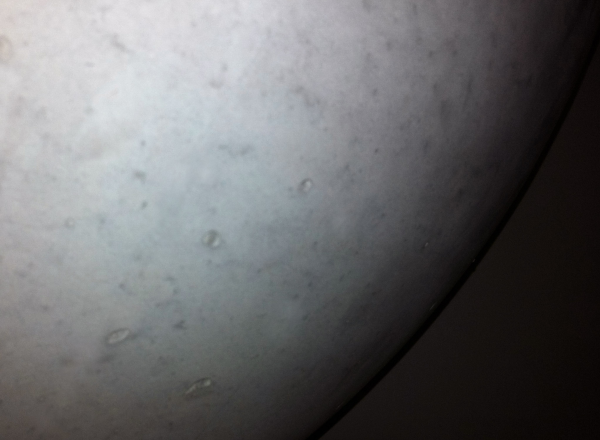
Some of these air bubbles appear on the surface as artifacts. The shape of the cast piece will dictate generally how and when these voids will manifest. Air bubbles, of course, rise when held in suspension in a concrete mix. When concrete is cast, it is usually shaken or vibrated to consolidate the material downward. This forces the air in the mix to move upwards within a form. As they move, the air bubbles will tend to stick to surfaces that are vertical or beyond. When planned correctly, this can result in beautiful or dramatic punctuations on a piece’s surface that really call attention to the concrete’s material properties.
As I have mentioned in previous posts, concrete occupies a unique place in the realm of finish materials. It is somewhere between manufactured and naturally occurring. Its best fireplace and fire pit designs find the balance between perfecting the art of forming and manipulating the material and the singular material qualities that the concrete and the manufacturing process provide. The beauty emerges from the artifacts.













